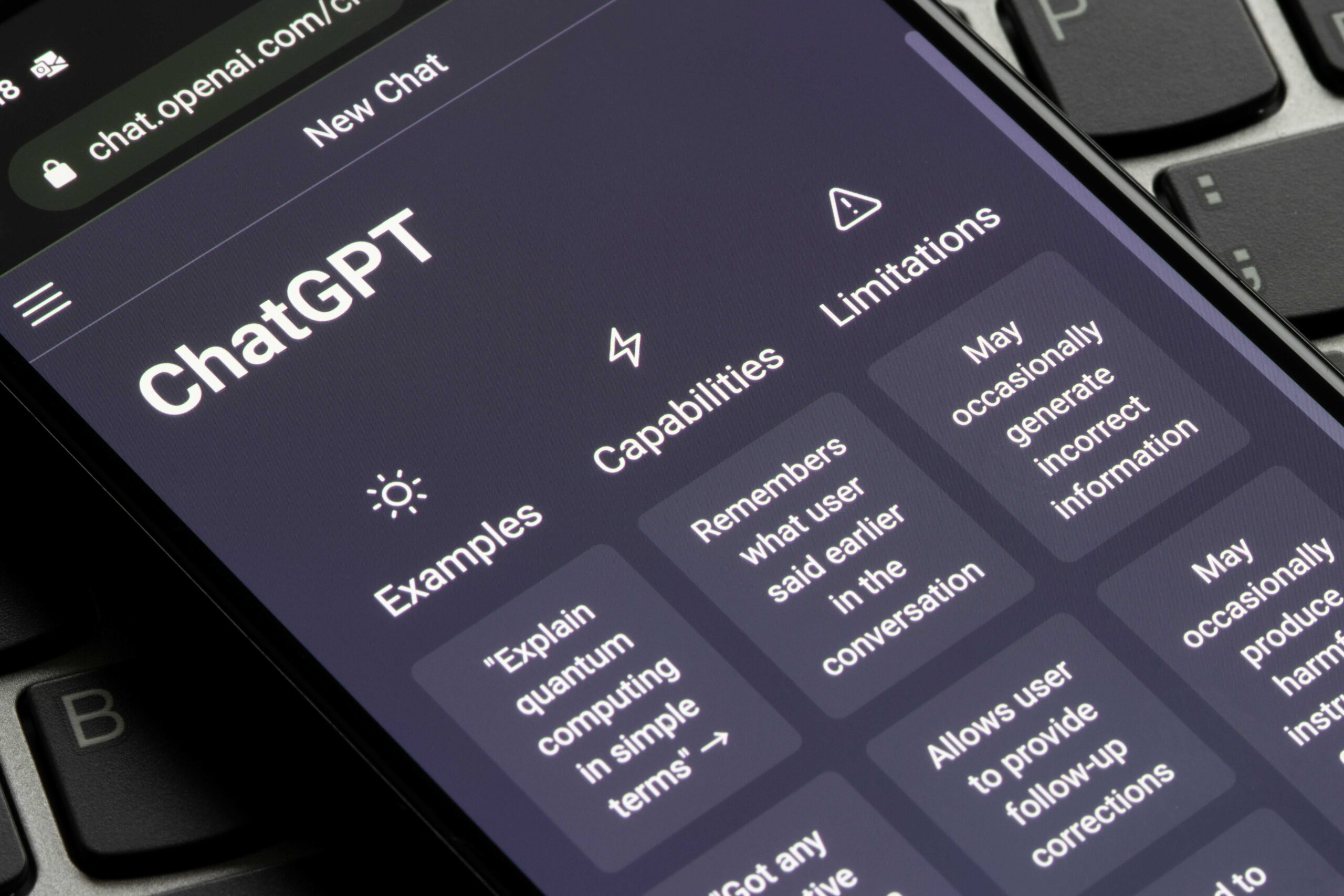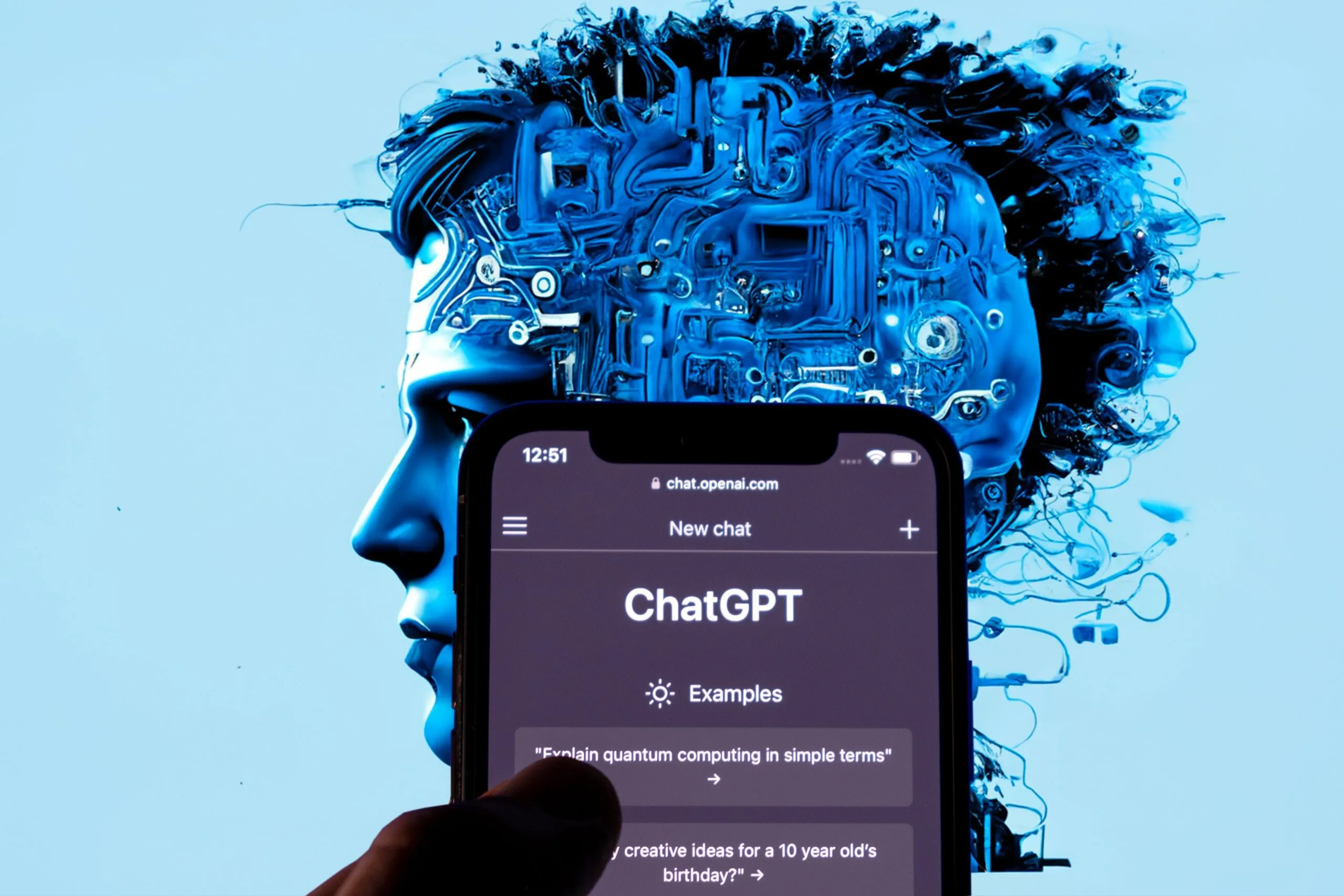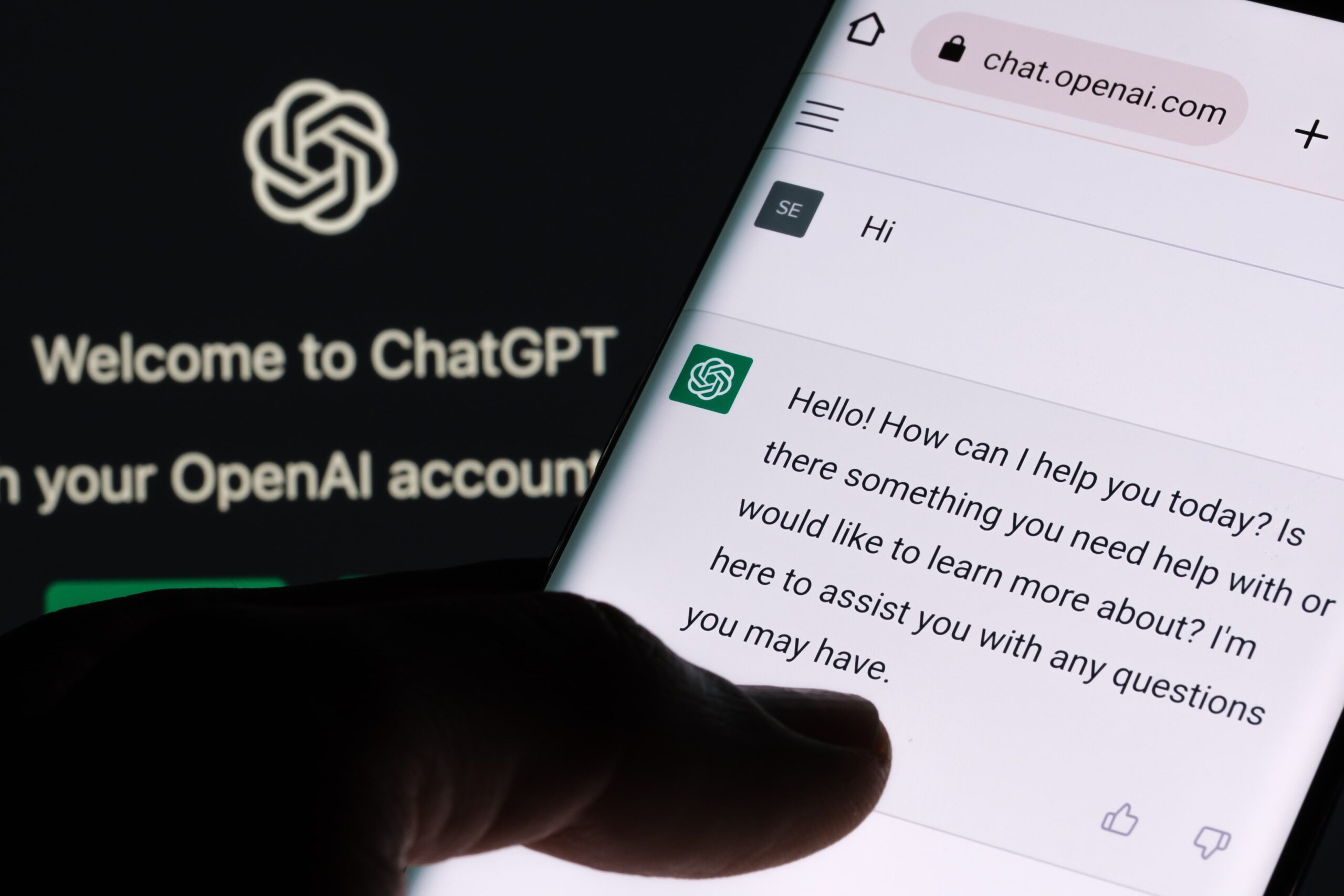BLOG
The rise of shadow AI | What employers need to know
Written by Suzie Green on 19 February 2025

As Artificial Intelligence (AI) continues to gain traction in the workplace, a fascinating trend has emerged – employees are increasingly using AI tools independently, often without their company’s approval or knowledge. This phenomenon, known as “shadow AI”, refers to workers using unsanctioned AI technology to streamline their daily tasks.
According to a recent survey by Software AG, 75% of desk workers regularly use AI for work. What’s more, approximately 50% of desk workers are accessing AI tools that are not provided or approved by their employer, raising significant concerns about the risks involved in such practices.
The rise of shadow AI isn’t without its benefits, though. Employees who have embraced AI tools report significant improvements in productivity and job satisfaction. These improvements have been attributed to AI’s ability to automate repetitive tasks, allowing employees to focus on more creative and strategic activities.
However, the lack of formal guidelines and trust in AI’s outputs creates a risky workplace environment. Many workers are using AI tools that have not been vetted for security, compliance, or consistency – potentially exposing the company to significant legal and data protection risks.
The legal risks associated with shadow AI in the workplace include the potential for data breaches, intellectual property theft, and non-compliance with industry regulations. For example, when employees input sensitive company data into public AI tools, there’s a risk that this information could be exposed or misused.
Additionally, using unauthorised AI tools could result in inconsistent or inaccurate outputs, leading to legal liabilities, especially if those outputs affect business decisions, contracts, or customer interactions.
Employers need to take proactive steps to address these growing challenges. First, establish clear AI usage guidelines to provide employees with a framework for safe experimentation. Next, invest in AI education and training to ensure employees understand how to use these tools effectively, ethically, and in compliance with data protection regulations.
In short, shadow AI isn’t going away, but employers can turn this challenge into an opportunity by fostering a culture of innovation with the right support, policies, and training.
Related Content

BLOG
ChatGPT and the Workplace | Protecting Your Recruitment Process Against AI-Related Issues
Need help navigating AI in the workplace?
Whether you’re dealing with a issue involving an employee’s AI use or need help crafting policies to proactively prevent problems before they arise, WorkNest is here to help you manage this new and complex HR challenge.
Our fixed-fee service gives you access to unlimited support from named legal and HR experts, enabling you to leverage new technologies while setting clear expectations and navigating any difficult situations that may arise.
Call us on 0345 226 8393 or request your free consultation using the button below.



